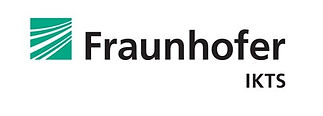
NEW ERA IN BONE BONDING
Superior Biocompatibility and Surface Reactivity
BIOVERIT® I shows excellent biocompatibility, minimal wear, and no particle release, ensuring long-term stability and tissue compatibility.
It causes no ion release or galvanic reactions, and demonstrates a reduced risk of infection compared to metal and polymer implants.
Enhanced Osseointegration through Surface Layer
Thin hydroxyapatite on BIOVERIT® significantly increased push-out strength, adhesive shear strength, and energy to failure, confirming a stronger and more reliable bone anchorage.
Biofunctional Bone–Implant Interface
The BIOVERIT® surface forms an in-vivo hydroxy-carbonate apatite layer that binds directly to collagen fibers and osteoblasts.
Histology showed dense, direct bone integration without inflammation, in contrast to thicker bio-glass coatings that induced foreign-body reactions.
Mechanical and Chemical Stability
The phosphonate-based surface modification (SurfLink®-type) is chemically and enzymatically stable, remaining active over time.
The ZTA substrate ensures excellent load-bearing strength, suitable for dental and orthopedic applications under mechanical stress.
Improved Hydrophilicity and Cell Adhesion
The bioactive surface dramatically increases wettability and osteoblast adhesion, accelerating early bone apposition and reducing variability in healing outcomes.
Low Inflammatory Response
BIOVERIT® showed no accumulation of inflammatory cells,
This indicates a clean biological integration and long-term tissue compatibility.
Scientific Reports 2019, 9:16692Institute of Orthopaedic Research and Biomechanics, University of Ulm







